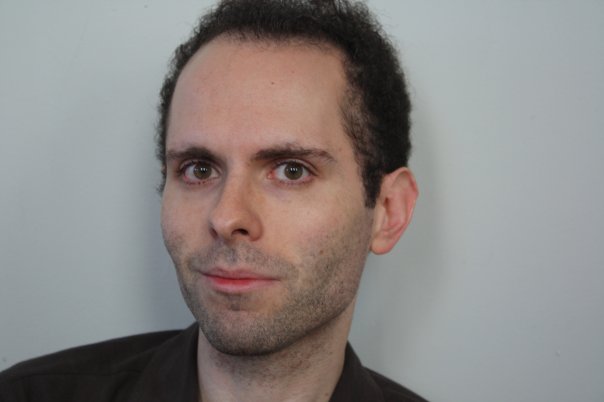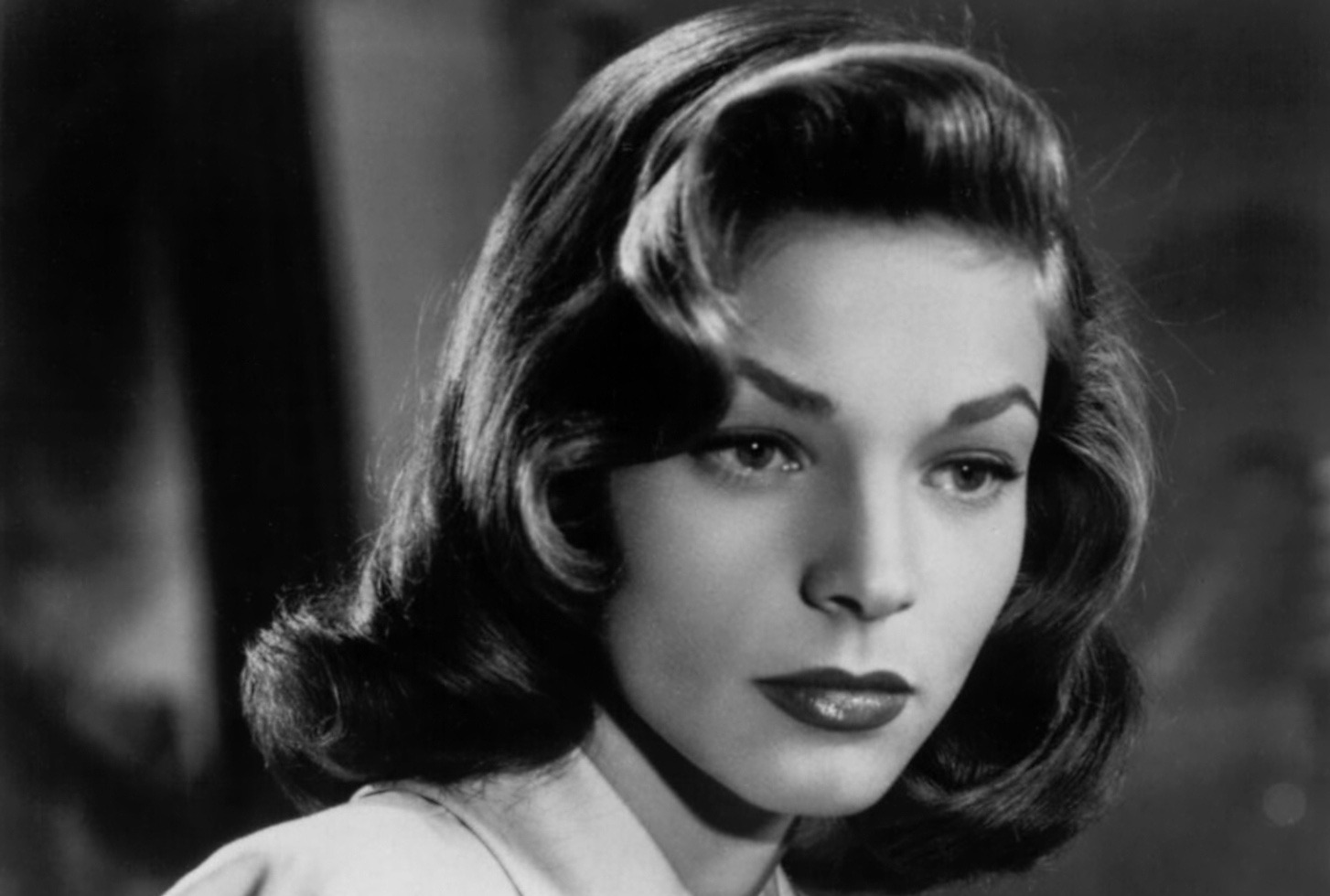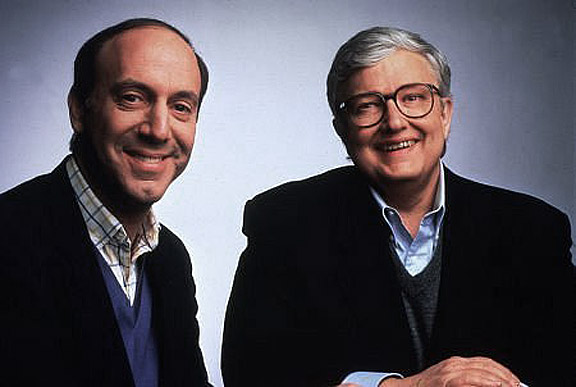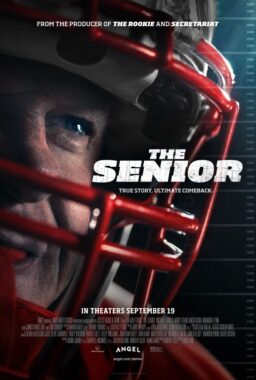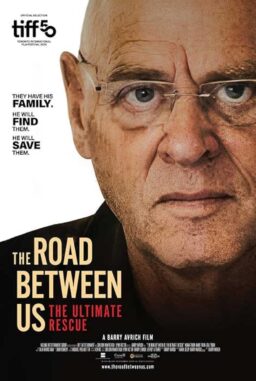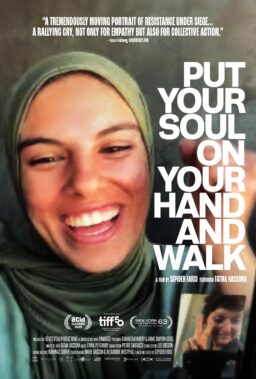At 15, Betty Perske used to skip school to cry her way through Bette Davis movies. She wanted to be an actress like Davis was, or at least command that kind of attention, and so she started modeling and auditioning for jobs in the New York theater. One day, Slim Hawks, the ultra-stylish wife of director Howard Hawks, spotted a photo in “Harper’s Bazaar” of the young Betty standing outside of a Red Cross blood donor room, looking wary and famished and many other things. You can see why Slim was stopped in her tracks by this girl, by this look. It’s still a very modern look. Fed-up, bitchy, sexy. A smoker, a drinker, a card player. One of the boys. In charge.
But Betty Perske was actually a very shy and insecure young girl. Throughout her life as a movie star named Lauren Bacall (a name chosen by her mentor Hawks), she liked her friends to call her Betty. And she never quite forgot being Betty, though Hawks made her try. He signed her to a movie contract and kept her under wraps for a while. He got her, supposedly, to go out where no one could hear her and scream herself hoarse so that her high voice would lower and become more authoritative, more insinuating. That low voice of hers! Whatever the true story was, the newly christened Bacall emerged with a voice that did sound like the voice of authority.

Only 19 years old, she managed to impress not just Hawks but her co-star Humphrey Bogart in her first movie, “To Have and Have Not” (1944). Together in that film and in their follow-up, “The Big Sleep” (1946), Bogie and Bacall seemed to be having one long hot private joke with each other, and audiences ate it up. They married in between the movies, and this was no small matter. Bogart was in his forties, and he was famously and unhappily married to Mayo Methot, a tough broad who wanted to hold on to her husband. Even more importantly, Hawks did not want his new discovery to marry Bogart; he wanted to mold her career, and he also, tacitly, wanted her for himself. But Bacall chose Bogart, and they had ten or so extremely happy years together until he died of cancer in 1957.
Bacall’s frank and very detailed autobiography “By Myself” (1978) takes you through practically every day of her childhood, apprenticeship, and then her first years in Hollywood, where everything seemed to be given to her at once, as in a dream: movie stardom and marriage to a movie star who loved her above all others. She was so nervous while shooting “To Have and Have Not” that she developed a habit of pressing her chin down to her chest and looking up at Bogart in order to stop her head from shaking, and from this maneuver came her nickname of that time, “The Look,” which meant sex with a lot of insolence on the side.
Bacall walks with feline grace in “To Have and Have Not,” and part of what makes her so distinctive and touching in that movie is the just noticeable strain she is under to perform and act more than her age. She manages all of that with style, with aplomb, and the picture was a triumph for her, as was “The Big Sleep.” And then some! Her Slim in “To Have and Have Not” and particularly her Vivian Rutledge in “The Big Sleep” are flawless fantasy creations, all lush hair and pouting lip and smart, poking attitude. Bacall and Bogart in those movies make the lead-up to sex, the jabs and put-ons and badinage, seem just as much fun as the no-doubt satisfying sex itself.

But the Hawks version of Bacall was like a magic act. This was proved by “Confidential Agent” (1945), an espionage film with Charles Boyer where she received no help from her director, Herman Shumlin. She knew that she was stiff and amateurish in that movie, but there was nothing she could do about it. She has the same problem even with Bogart in John Huston’s “Key Largo” (1948) though it is less noticeable because she is playing with such florid hams (Claire Trevor won an Oscar for her portrayal of a blowzy dame past her prime) that her own relative lack of mobility comes as a relief.
She turned down a lot of scripts while she enjoyed herself as Bogart’s wife and bore him two children. She was still a bit stiff but intriguing as a covert lesbian married to trumpeter Kirk Douglas in “Young Man with a Horn” (1950), and she emerged again to seem fully in charge of the comedy in “How to Marry a Millionaire” (1953). But in Vincente Minnelli’s “The Cobweb” (1955) and Douglas Sirk’s “Written on the Wind” (1956), she seems like she doesn’t want to be noticed. In “Northwest Frontier” (1959), she gives her whole tentative performance with her smoky voice, as if she’s listening to herself speak the lines. She had lost Bogart by then and had gone back to New York, where she started to work on stage, as she had briefly in her youth.
The most touching thing about Bacall’s autobiography is her bewilderment about having been given so much at such a young age and then having it all taken away from her. It should be remembered that she was only in her early thirties when Bogart died. After that, she was his official widow, and other men she was involved with, like Frank Sinatra and Jason Robards, who was her second husband in the 1960s, felt that they couldn’t measure up to the legend of Bogart, which only increased with time. In her book, Bacall tells about the impassioned way that Bogart loved her in such detail that everything else after his death seems like a bad dream for her where nothing seems to fit. She did not always react gracefully to that uncomfortable position. But she did keep going, and going, for more than half a century after losing him. Her interviews were always salty, brassy, forbidding. She claimed often that she was more vulnerable than she appeared, and maybe that was true.

If you really think about Bacall and her long march across seventy years of movie history, it seems clear that she felt like an imposter sometimes, like Betty Perske just pretending to be Bette Davis, and so she became all deep voice and thick hair and narrowed grey cat eyes to hide her fear of that. She won Tonys for her work on stage in musical star vehicles where she croaked out songs off-key. Sheer chutzpah! She was nominated for an Oscar for her decent work in “The Mirror Has Two Faces” (1996) and then had to suffer the indignity of losing when everyone had assured her she would win (it’s no wonder she behaved the way she sometimes did, all porcupine quills up and ready). And then, toward the end of her career, she started to get herself into a few interesting movies again, like Lars Von Trier’s “Dogville” (2003), Jonathan Glazer’s “Birth” (2004), and Paul Schrader’s “The Walker” (2007). Bacall was still there and still with us, fulfilling a dream of her childhood that must long since have ceased to amuse her.
She met everybody she wanted to meet and she had a good time, in general, thank you very much. They even gave her a special Oscar in 2009, even though they didn’t let her accept it on the telecast. At age 87, Bacall posed for a startlingly weathered and un-airbrushed photo by photographer Andy Gotts, every wrinkle accounted for, her hair pulled back severely from her face. This was a woman who knew what made a striking still photo (remember her draped over the piano while Harry Truman played?) And yes, there is some pride left in this elderly woman at 87, the pride that shows in that “Harper’s Bazaar” photo that got her noticed by Slim Hawks. But there is still some of Betty Perske’s vulnerability, too, the vulnerability that her famous voice hid so thoroughly.
Who knows if we actually see our loved ones again after death? But if we do (and why not?), surely no one waited more patiently than Bacall to be reunited with Bogart. I’m sure there will be sentimental send-offs to her that quote the lines she said to him about whistling in “To Have and Have Not,” and that’s because Bacall, with a lot of luck and a little help, made herself a movie immortal her first time out of the gate, and maybe that made her more than a little impatient to move on to somewhere else.
